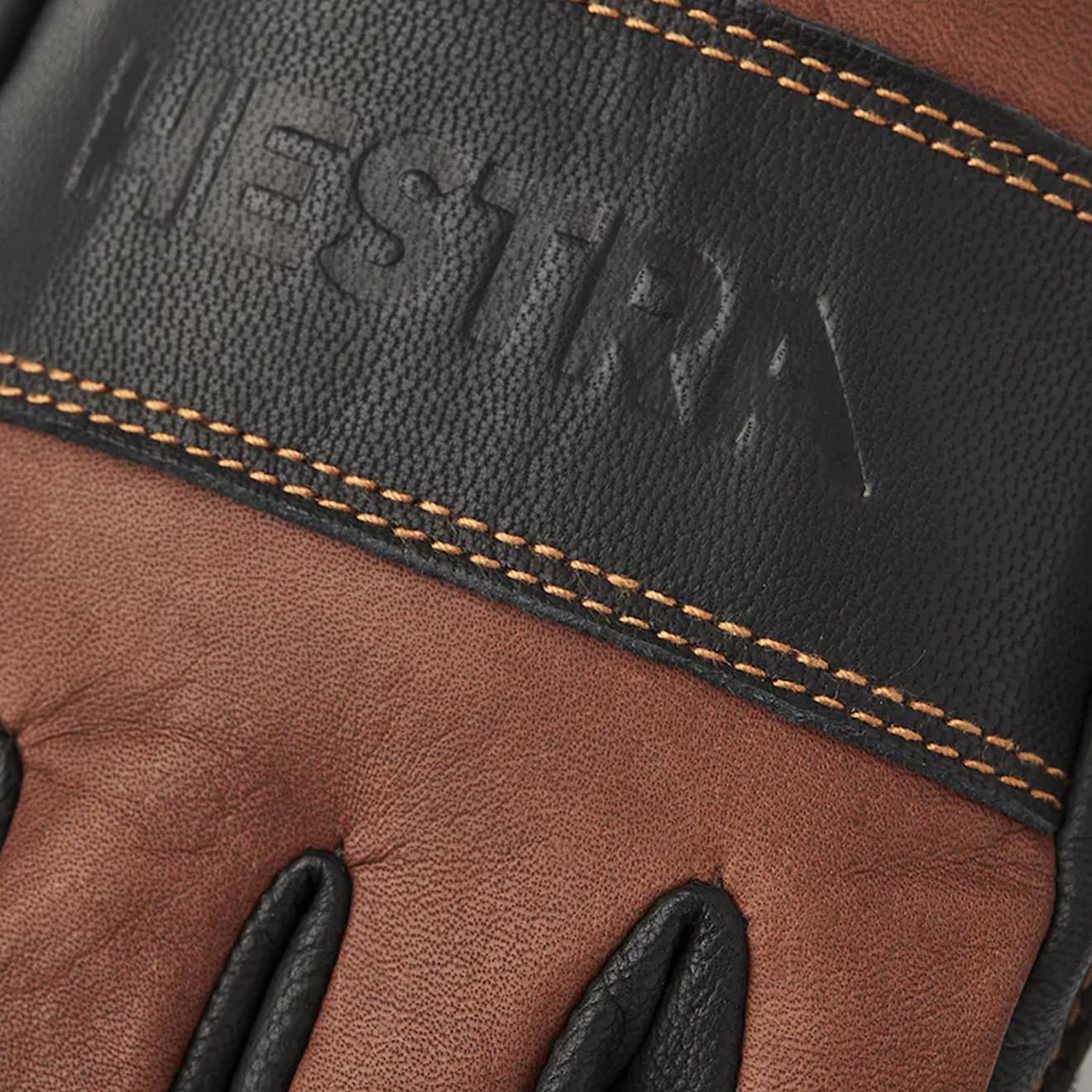Hestra Fält Guide Glove 5 Finger Brown / Black
Couldn't load pickup availability
Product Description
Product Description
The Hestra Fält Guide Glove, named after wilderness survival expert Lars Fält, is a popular choice among mountain guides, ski patrols, and other outdoor professionals due to its durability and warmth. Its combination of tough goatskin leather on the grip surfaces and flexible cowhide on the backhand is the result of a collaboration between Fält and Hestra. The removable wool liner is perfect for long days in the mountains, and the spacious design provides ample room for insulation. This reliable glove is suitable for both mountain and forest use and will last through years of ski tours and outdoor adventures with proper care.
Delivery
Delivery
United Kingdom
- Free standard UK postage for all orders over £50
- Royal Mail Standard Delivery - £3.95
- Express Delivery - £4.95
- Next Day Working Delivery - £8.95
- Saturday Express Delivery* - £12.95
*Please note for orders to qualify for Next Day Delivery they must be ordered before 2PM and for Saturday Delivery before 2PM on Friday.
European Union
- Free Standard EU delivery for all orders over £150
- Standard Delivery - £8.95
- Express Delivery - £18.99
All orders are duties and taxes paid. You will not incur any further charges beyond the advertised price.
USA
- Free Standard International delivery for all orders over $70
- Standard Delivery – $14
- Express Delivery – $22
Canada
- Free Standard International delivery for all orders over CA$400
- Standard Delivery – CA$20
- Express Delivery – CA$31
Rest of World
- Free Standard International delivery for all orders over £200
- Standard International Delivery - £9.95
- Express Delivery* - £24.95
Notice to Russian, Ukrainian & Israeli Customers: We are suspending all services to Russia, Ukraine & Israel due to transportation issues. No orders for these countries will be accepted. We apologize for any inconvenience caused.
Due to the incoming changes to US tariffs, any duties owed will be calculated at checkout. We will then pay on your behalf and there will be no additional charges to pay.
Customers OUTSIDE THE EU, UK AND US will automatically save at the checkout (after shipping location is applied) on the price of the goods as sales taxes are automatically deducted. This will be a saving of approx. 16.67% on the list price.




